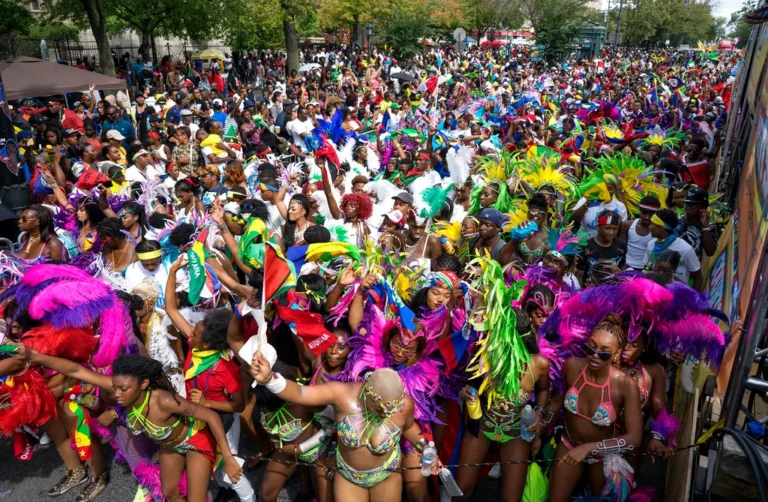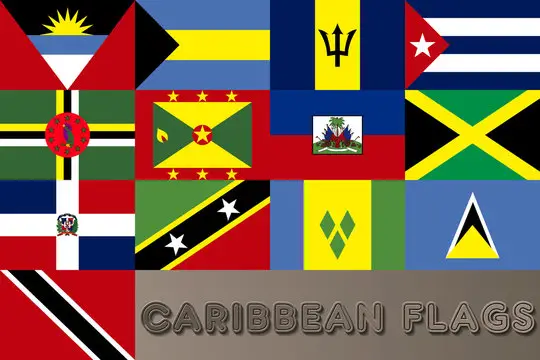The West Indian American Day Carnival Association (WIADCA) has announced their annual celebration of New York City’s West Indian Labor Day Parade. The festival is a celebration of West Indian culture that entails a full day of soca/dancehall music, vibrant costumes, dancing, and food for sale nearby. This all day event will occur on September 4th in Crown Heights, Brooklyn.

Traditions of the West Indian Labor Day Parade Festival dates back to the 1920s. A Trinidadian immigrant named Ms. Jesse Waddle met with other immigrants to find a solution to their homesickness. The people missed celebrating cultural carnivals in their hometowns. As a result, Ms. Waddle organized a carnival celebration to take place in the months of February or March. The carnivals were held indoors at places such as the Savoy, the Renaissance, and the Audubon Ballroom due to New York’s cold winter weather. Eventually the indoor carnivals became an issue because of its space limitations. Ms. Waddle applied for and received a street parade permit in the 1940s. This shifted the celebrations to the summer.
The permit was originally used in Harlem but was revoked because of a violent riot. Five years later, a committee organized by Trinidadian Carlos Lezama acquired another permit for a parade on Eastern Parkway. Since then, the parade has begun from Eastern Parkway and Utica Avenue ending at Grand Army Plaza. The West Indian Labor Day Parade has grown into one of the biggest parades of New York City, attracting up to four million people.
Some Caribbean Islands celebrated by the parade include Trinidad and Tobago, Haiti, Barbados, Dominica, Saint Lucia, Jamaica, Saint Vincent and Grenada, Afro-Panamanians, etc. The festival is a representation of Caribbean’s pride in their country, heritage, and culture. Participants of the celebration invest both money and time to brainstorm themes, costumes, and floats for the festivities. Face masks come in a variety of styles inspired by natural and spiritual elements, mythical creatures, political events, and popular culture. The artistic and historical value of the parade are displayed through costumes which are later recognized with prizes.

The march from Eastern Parkway to Grand Army Plaza is accompanied by the sounds of drums, whistles, calypso, soca, dancehall, kompa, and reggae music. Oftentimes people enjoy a battle of throwing paint and powder. There is also a wide range of ethnic treats to fuel up on to keep the party going. Although the parade itself is on Labor Day, the partying starts days before.
A celebration called J’ouvert marks the official start of carnival. It means “daybreak,” and occurs during early morning hours. J’ouvert was celebrated as the opportunity to embrace the emancipation of Caribbean slaves. During slavery the French excluded Black people from their masquerade balls so J’ouvert and Carnival became a celebration of culture. Like carnival, people are dressed in costumes with bright colorful feathers, glitter and sometimes you can even catch people walking on five- foot stilts. Both events are also used as a way for Caribbean immigrants to adjust to society without forgetting their roots.
The West Indian Labor Day Festival is welcome to all and free for everyone. End your summer with a bang by enjoying one of the most exhilarating parades of the summer with the Carribbean residents of New York City.


Comments are closed.